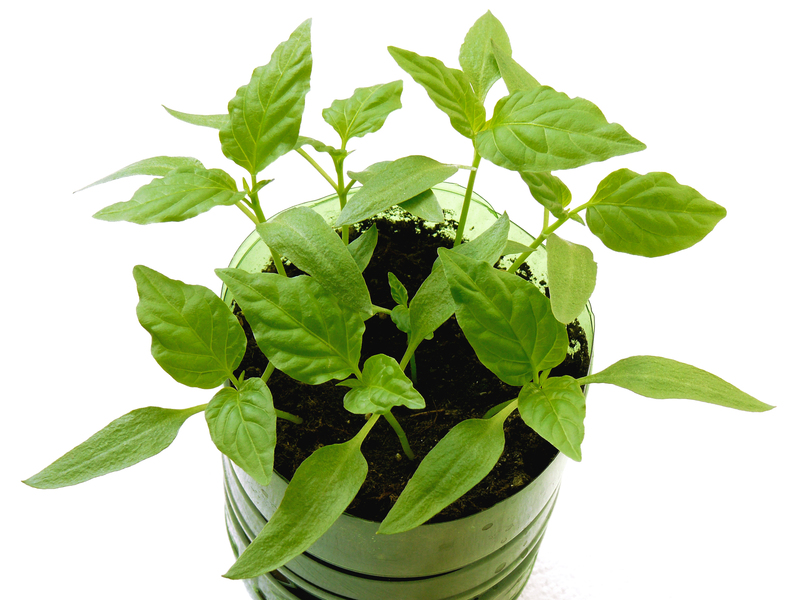The Do's and Don'ts of Throwing Out Used PPE Safely
Personal Protective Equipment (PPE) has become a staple in daily life, especially since the outbreak of global health crises like the COVID-19 pandemic. Whether you're wearing a mask at the supermarket, donning gloves in a hospital, or using face shields at work, ensuring the safe disposal of used PPE is critical for both public health and environmental sustainability. Unfortunately, improper disposal of these essential items is becoming an increasing concern, prompting the need for comprehensive guidelines on how to dispose of used PPE in a safe and responsible manner.
Why Proper PPE Disposal Matters
Improper disposal of used PPE can have far-reaching consequences. From spreading infectious diseases to polluting our environment, the impacts are significant and wide-ranging. Here's why safe PPE disposal should be part of your daily routine:
- Health Hazards: Used PPE can harbor pathogens, putting waste collectors and the general public at risk.
- Environmental Damage: PPE like masks and gloves are often made from non-biodegradable plastics, contributing to landfill waste and microplastic pollution.
- Wildlife Threat: Discarded gloves and masks are often mistaken for food by terrestrial and marine animals, posing life-threatening risks to them.
- Public Nuisance: Littered PPE can clog stormwater drains and create unsightly environments in public spaces.

The Do's of Throwing Out Used PPE Safely
Taking the right steps to dispose of PPE safely is not complicated, but it does require mindfulness and responsibility. Adhering to these do's significantly reduces risks associated with contaminated PPE and promotes a healthier community.
1. Do Use a Dedicated Trash Bin
Whenever possible, dispose of used PPE in a lined, foot-operated trash bin with a lid. This minimizes hand contact with potentially contaminated surfaces and ensures that used PPE is segregated from general household or office waste.
2. Do Seal Used PPE in a Plastic Bag
Before discarding, place used PPE in a separate plastic bag and tie it securely. This double-bagging method adds an extra layer of protection and minimizes the risk of spreading contaminants.
3. Do Wash Your Hands After Disposal
Always wash your hands with soap and water or use a hand sanitizer containing at least 60% alcohol after handling and disposing of PPE. This is vital in preventing cross-contamination.
4. Do Follow Local Guidelines for Medical Waste Disposal
Many local authorities have established special guidelines or drop-off points for hazardous or infectious waste, such as used masks, gloves, and other PPE. Check your local regulations to see if there are designated bins or specific instructions for PPE waste disposal.
5. Do Educate and Inform Others
Promote best practices by informing family members, coworkers, and community members about the importance of safe PPE disposal. Even simple reminders or informational flyers can make a significant difference.
6. Do Consider PPE Recycling Programs
Some companies and communities have initiated PPE recycling programs for items like masks and gloves. Search for such programs in your area and participate regularly to reduce environmental impact.
7. Do Label Bags of Used PPE for Collection
Clearly mark bags that contain used PPE as 'hazardous' or 'infectious waste' if possible. This helps waste management workers handle such material with extra caution.
The Don'ts of Throwing Out Used PPE
While there are clear best practices for safe disposal of PPE, it's equally important to avoid common mistakes that can put others, and the environment, at risk. Here's what to avoid:
1. Don't Dispose of Used PPE in Recycling Bins
Do not place used masks, gloves, or face shields in recycling bins. These items are considered hazardous waste and can contaminate the recycling stream, putting workers at risk and rendering recyclable materials unusable.
2. Don't Litter or Throw PPE on the Ground
It might be tempting to drop a used mask or glove in a parking lot or along a sidewalk, but this behavior is dangerous. Littered PPE can spread disease, harm wildlife, and contribute to pollution.
3. Don't Flush PPE Down the Toilet
Flushing PPE items like masks and gloves down the toilet can cause severe plumbing clogs and pollute water systems. Always dispose of PPE in the trash, never the toilet.
4. Don't Burn Used PPE at Home
While incineration is an approved method for disposing of medical waste in dedicated facilities, burning PPE at home is hazardous. It can release toxic fumes into the air and is not environmentally safe or legal in many areas.
5. Don't Reuse Single-Use PPE
Masks, gloves, and similar PPE are often designed for single use. Attempting to sanitize and reuse these increases the risk of contamination and defeats the purpose of protection. Always discard used single-use PPE properly after use.
6. Don't Mix PPE Waste with Household Waste if Separate Collection Is Available
If your community offers special hazardous waste collection for used PPE, do not mix it with regular garbage. This can expose household waste handlers to unnecessary risks.
7. Don't Delay Disposal
Used PPE should be disposed of immediately after use. Letting masks or gloves sit around increases the risk of contamination. Make it a habit to throw away PPE as soon as it is removed.
Best Practices for the Safe Handling and Disposal of Used PPE
- Use barriers: When possible, use gloves or a tissue to handle used masks or gloves, especially when placing them into bags or bins.
- Disinfect surfaces: Wipe down any surfaces that may have come in contact with used PPE using EPA-approved disinfectants.
- Secure waste: Ensure that all bags containing used PPE are tightly sealed before placing them in the bin for collection.
- Limit handling: Only handle used PPE if necessary and avoid touching your face during the process.
Environmental Impact of Improper PPE Disposal
The surge in PPE use has unfortunately led to an increase in environmental pollution. Most single-use PPE is made from synthetic plastics such as polypropylene, which can take hundreds of years to degrade. Some of the primary environmental dangers include:
- Microplastics: Over time, discarded PPE breaks down into smaller particles, polluting water bodies and soil with microplastics.
- Animal entanglement: Wildlife can become entangled in or ingest improperly disposed of PPE, often leading to fatal consequences.
- Landfill overload: Increasing disposable PPE adds significant volume to already stressed landfill sites.
Tips for Reducing PPE Waste
While personal safety remains the top priority, there are steps you can take to minimize environmental burden without compromising your health:
- Choose reusable fabric masks with replaceable filters when possible. Ensure these are washed and sanitized properly after each use.
- Minimize glove usage unless absolutely necessary, relying instead on frequent handwashing for general protection in public settings.
- Encourage workplaces and institutions to adopt responsible sourcing and disposal strategies for PPE.
- Support organizations or businesses that offer PPE recycling or take-back programs.
What Does the Law Say About PPE Disposal?
Several countries and local jurisdictions have implemented guidelines and regulations regarding the disposal of used PPE, especially in healthcare and high-risk workplaces. These laws are designed to protect sanitation workers and the public. Some of the common regulations include:
- Segregation of infectious waste: Used PPE from high-risk settings must be separated from regular garbage and treated as infectious waste.
- Special collection systems: Some areas require the use of color-coded bags or bins for PPE disposal to aid proper handling.
- Worker protections: Waste handlers must use appropriate PPE when handling trash that may contain used masks and gloves.
Understanding and adhering to local regulations is not only a matter of legal compliance but an ethical obligation to minimize risk and protect workers.
Protecting Sanitation Workers and the Community
Sanitation workers are on the front lines of waste management, often coming into direct contact with potentially hazardous materials. Proper disposal of PPE as outlined above is essential to safeguarding their health and maintaining the continuity of community sanitation services. Additionally, individuals should:
- Communicate any special disposal needs with property managers or local service providers.
- Ensure that bins are not overfilled, and lids can close securely.
- Report any unusual accumulation of PPE waste in public areas to local authorities.

Key Takeaways: Staying Safe and Responsible with PPE Disposal
- Always use dedicated bins or bags for used PPE, and seal them securely.
- Avoid putting used PPE in recycling or compost bins.
- Never litter, flush, or burn PPE at home.
- Practice good hygiene after disposing of protective equipment.
- Stay informed about local disposal guidelines and recycling options.
Final Thoughts on the Safe Disposal of Used PPE
Handling used PPE safely and responsibly supports both public health and the environment. As the world increasingly relies on protective gear in everyday settings, making PPE waste management a priority is essential. By consciously following the do's and avoiding the don'ts, you not only protect yourself but also your community and the planet.
For additional information, always refer to trusted resources such as CDC, WHO, and your local waste management authority for up-to-date guidelines on disposing of used PPE safely and effectively.